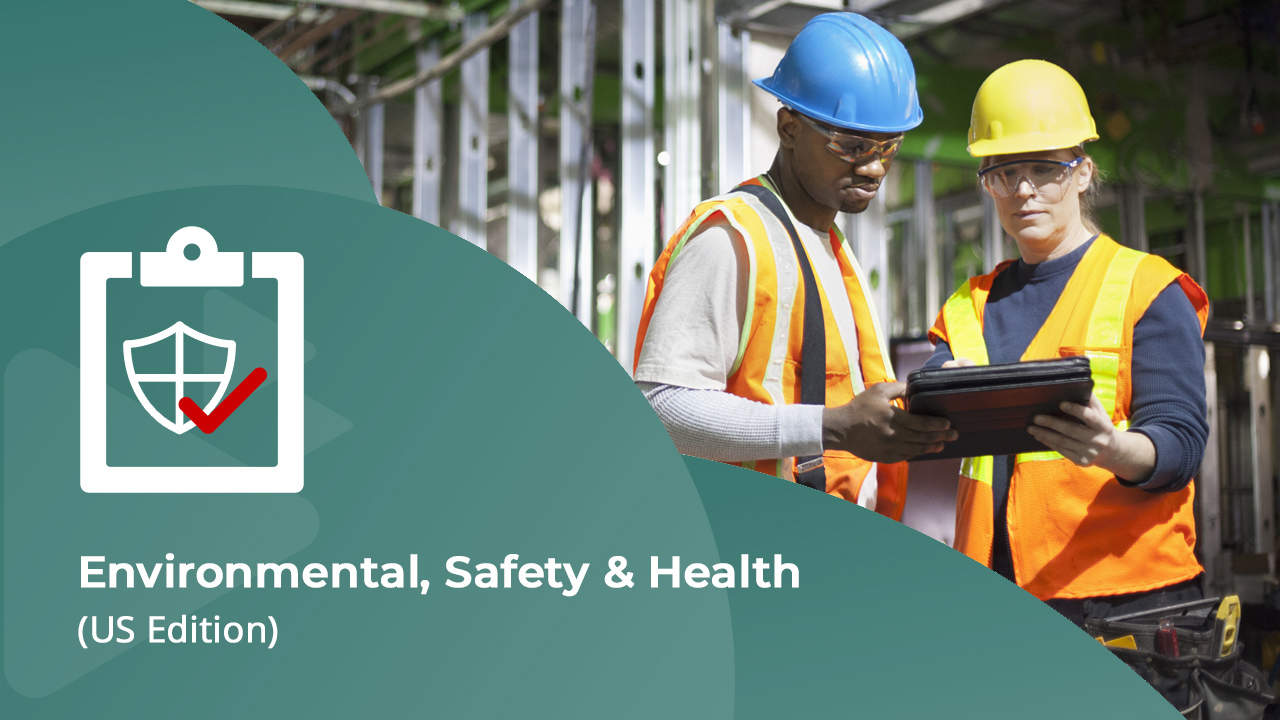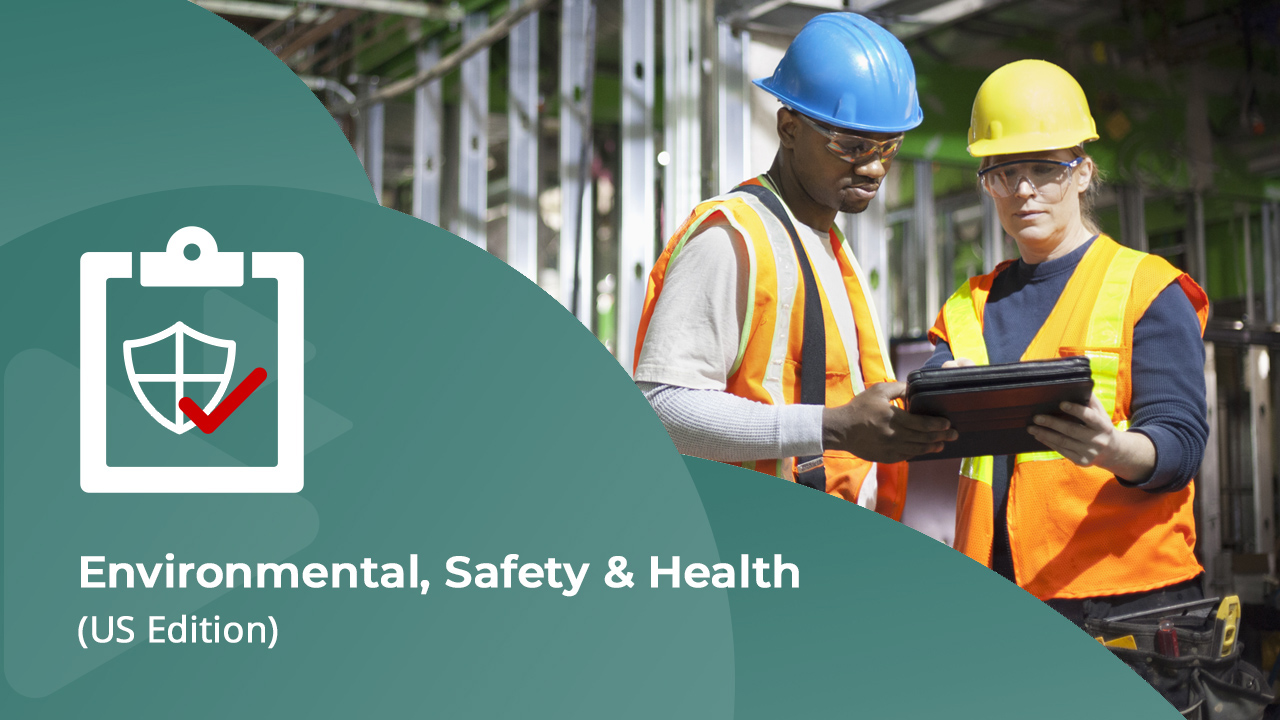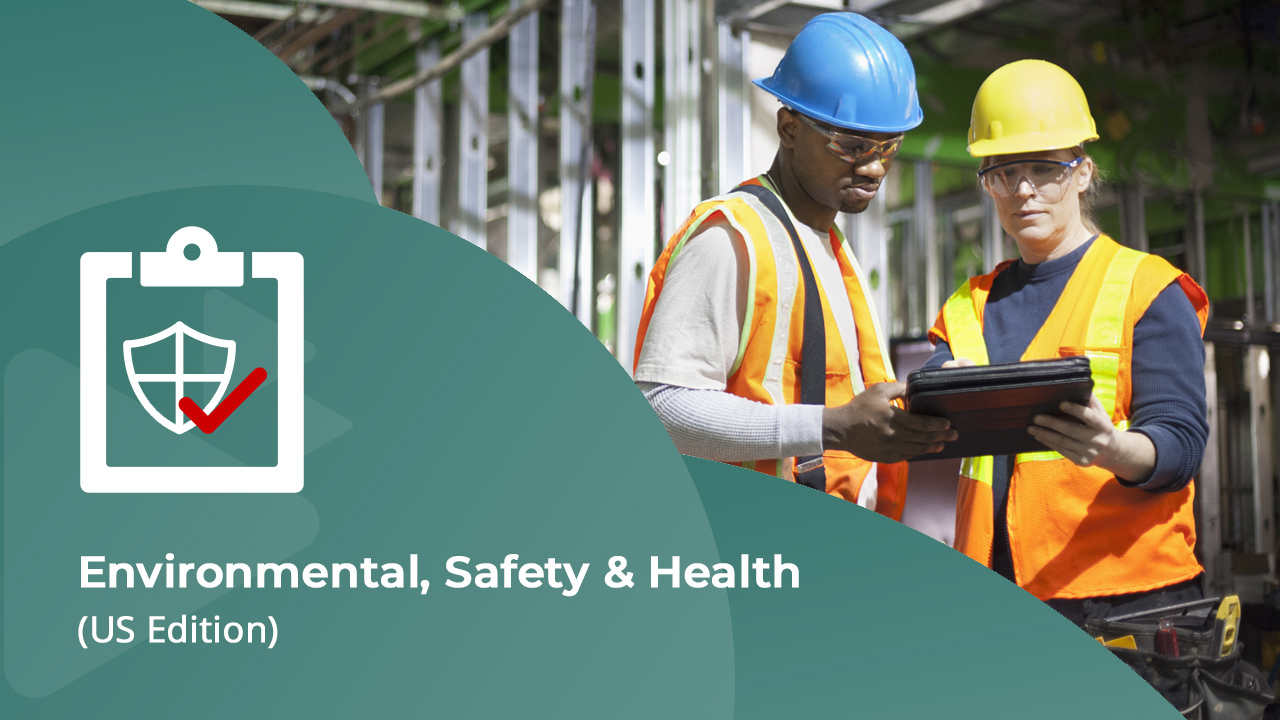Hazards to Outdoor Workers
- 7 topics | 28m 1s
- Up to 30 languages
- Transcripts
Not every job takes place in a comfortable climate-controlled office. For many people, working in the outdoors is a large part of their work. From agriculture to forestry to ecology to construction, outdoor work plays a major role in the nation's economy. The Occupational Safety and Health Administration, or OSHA, requires that employees be trained to recognize and avoid workplace hazards, including those that occur outdoors.This course will introduce you to the physical and biological hazards of working outdoors. You'll learn about physical hazards such as noise exposure and risk of injury from traffic and heavy equipment. You'll discover the effects of extreme heat and cold on outdoor workers, and controls for preventing damage from extreme temperatures, and about the different types of adverse weather hazards experienced by outdoor workers. You'll also learn about biological hazards including causes and prevention of vector-borne diseases, and how to identify and avoid poisonous plants and wildlife hazards.The course was developed and reviewed with subject matter support provided by certified subject matter experts and industry professionals. Please note, the course materials and content were current with the laws and regulations at the time of the last expert review, however, they may not reflect the most current legal developments. Nothing herein, or in the course materials, shall be construed as professional advice as to any particular situation with respect to compliance with legal statutes or requirements.
WHAT YOU WILL LEARN
-
recognize strategies to prevent hearing loss and mitigate risk of injury while working outdoors
-
identify the effects of extreme heat and ultraviolet light on outdoor workers
-
identify hazards of extreme cold and ice based on their health effects
-
recognize appropriate safety strategies for adverse weather conditions and earthquakes
-
identify causes of and prevention techniques for vector-borne diseases
-
identify how to avoid contact with poisonous plants
-
identify strategies to avoid wildlife hazards
IN THIS COURSE
-
Hazards to Outdoor Workers1m
-
Physical Hazards4m
-
Knowledge Check: Physical Hazards2m
-
Weather Hazards10m
-
Knowledge Check: Weather Hazards5m
-
Biological Hazards7m
-
Knowledge Check: Biological Hazards5m
YOU MIGHT ALSO LIKE
COMPLIANCE-COURSE
Ladder Safety Impact: Safe Work Practices
COMPLIANCE-COURSE
Electrical Safety Impact: Common Hazards
COMPLIANCE-COURSE
Spill Response and Control Impact: Boundaries When Hazards Are Present


